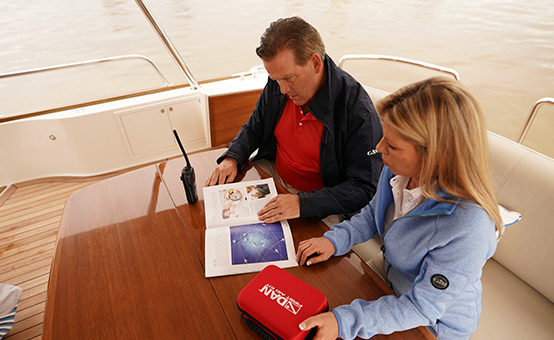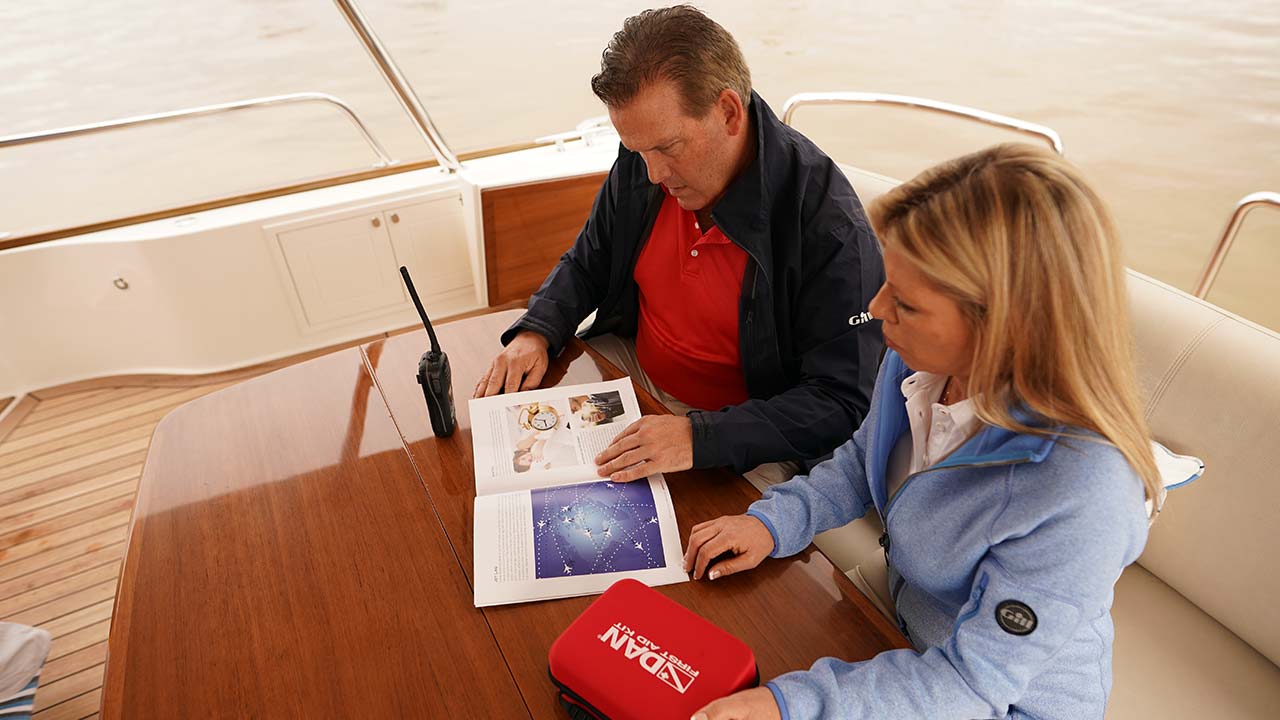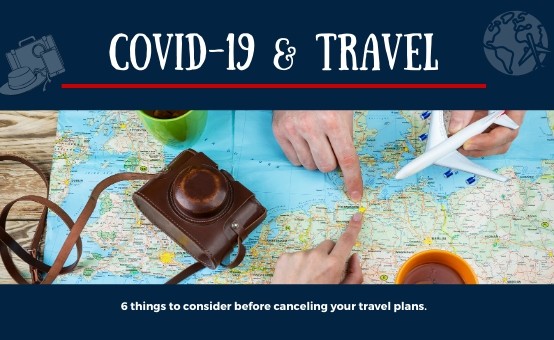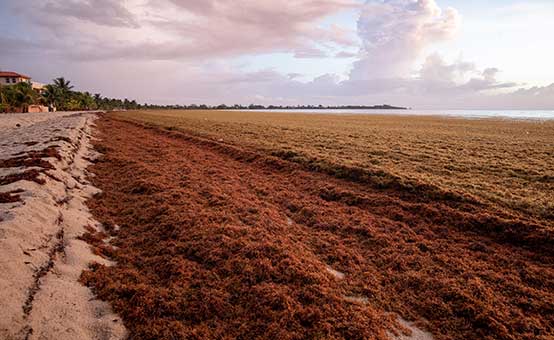

By America's Boating Club
BOATING SAFETY | Jun 15, 2021
Before you cast off, plan your cruise carefully with a detailed itinerary and a well-researched destination. You may also want to take an advanced boating class or seminar to fill any gaps in your cruising skills toolbox.
#1. Your first decision will be choosing a cruising destination. Start building a file of places you want to visit on the way to the destination and collect information about your chosen locale. Note that some marine insurance policies limit cruising in hurricane areas between June 1 and November 1 or November 30, depending on policy limitations. This affects the U.S. southern and Gulf coasts and into the Bahamas and Caribbean.
#2. Check out cruising forums and talk to someone who has been there. You’ll gain valuable knowledge from others’ first-hand accounts. Cruising clubs, yacht clubs, and America’s Boating Club can provide a wealth of information.
#3. Next, study several cruising guides for your target area. Guides will help you choose marinas, anchorages and interesting stops along the way. You’ll find a host of information on where to find fuel, laundries, groceries, restaurants, museums and other attractions as well as a list of required charts.
#4. If you are planning to cruise outside the U.S., become familiar with entry and exit fees and procedures for your destination, as well as what cruising and length-of-stay permits (visas) are required. Also, make sure to check the COVID-19 restrictions for your destination. An excellent website for up-to-date cruising information for the U.S. and foreign countries is noonsite.com.
#5. Planning your itinerary can be as enjoyable as cruising itself. After digesting your chosen cruising guides, make a list of places and things you’d like to see. Get local advice when possible and check tourist bureau websites.
#6. Be aware that although many marinas operate on a first-come, first-served basis, others take reservations, so plan accordingly, especially for popular destinations. Busy marinas may take call-ahead reservations, but if you don’t have a reservation, plan on arriving early to secure space and have an alternate plan if the marina cannot accommodate you. For longer stays, you’ll want to make your reservations months in advance, especially during the busy season.
#7. When preparing an itinerary, time constraints take primary importance. Most of us don’t have unlimited cruising time, so we must match our cruise itinerary to our timetable. When planning your time, use a cruising speed that’s 70 percent of your typical cruising speed. If your powerboat typically cruises at 15 knots, plan on an average speed of 10.5 knots. When making a nonstop passage on a sailboat, plan on 100 nautical miles in 24 hours to allow for adverse current and winds.
#8. Allow for bad weather days, perhaps one a week, in your cruise schedule. If you don’t need the extra days, you can use them to extend your stay in a favorite spot. Give yourself at least a full day of rest and reflection at the end of your cruise so you don’t return to your regular life exhausted from your travels.
Whether you’re planning your first or your fifteenth cruise, make sure you have the skills you’ll need to make a safe passage.
#9. Take a comprehensive Weather course to learn how to create accurate forecasts and interpret weather information from multiple sources.
#10. Brush up on your Cruising and Cruise Planning skills with an online seminar.
#11. If you’re cruising far offshore, consider boosting your Offshore Navigation and Engine Maintenance skills.
#12. Make sure you can handle Emergencies Onboard for when the unexpected happens.
#13. And create a float plan and share it with family and friends before you cruise. The America’s Boating Club app streamlines this process.
#14. Take a first aid course to learn the skills you'll need to perform CPR and other lifesaving techniques in case something unexpected happens while you're on your trip.
In addition to providing courses on cruising and cruise planning developed for boaters by boaters, America’s Boating Club also offers an exclusive membership package for DAN Boater members that includes free courses and other valuable benefits.
About America's Boating Club
America’s Boating Club® is a registered trademark of United States Power Squadrons®, a 501(c)(3) non-profit organization dedicated to boating safety and education. Our members are boaters and boating families who boat together, learn together, and contribute to their communities by promoting safe boating through education. America’s Boating Club has over 20,000 members organized into more than 300 squadrons across the country.
MORE FROM
SAFE PASSAGE

TRAVEL SAFETY | Mar 11, 2020
COVID-19 and Travel: 6 Things to Consider Before Canceling Your Travel Plans

TRAVEL HEALTH | Mar 2, 2020
Sargassum Toxicity: More Than An Eyesore, It Can Also Make You Sick